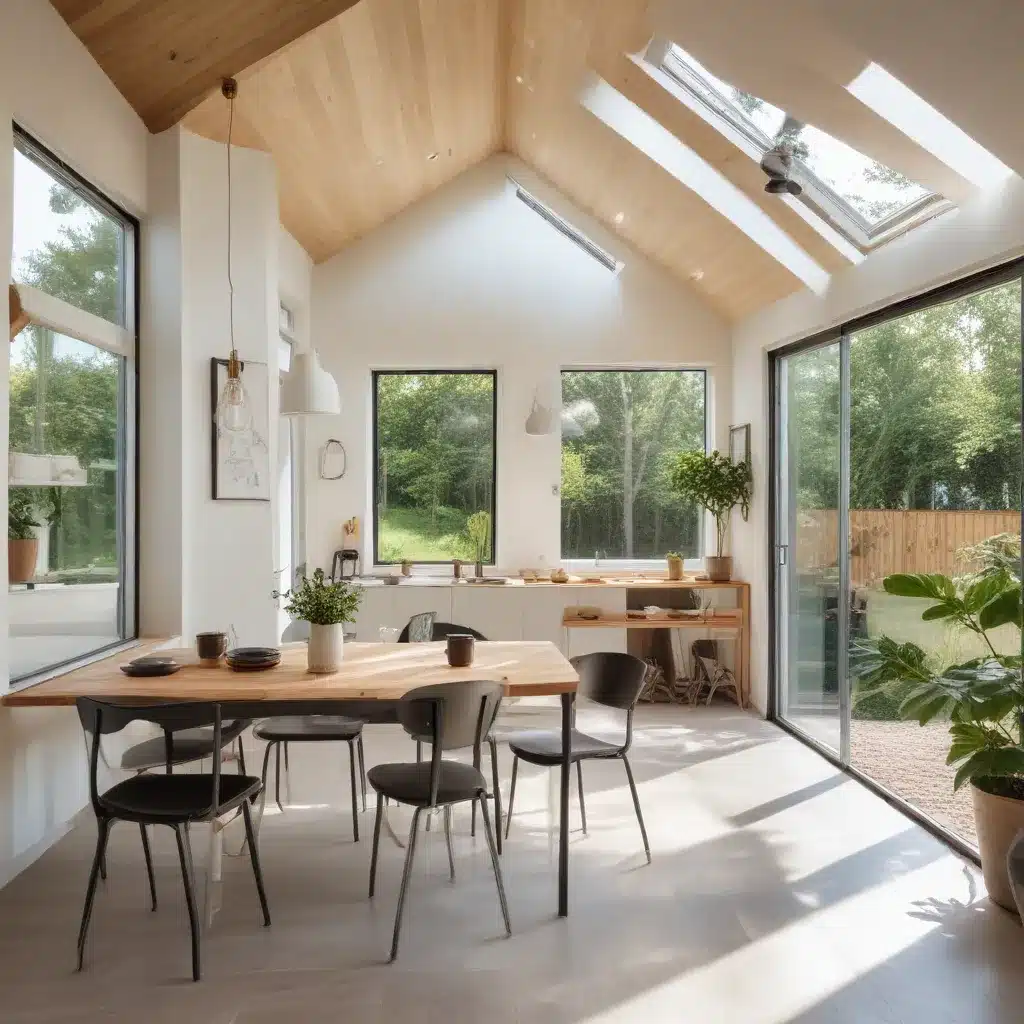
Living in a compact home presents both challenges and opportunities. While small spaces can feel cozy and efficient, they also require strategic design choices to ensure they feel open, bright, and comfortable. One of the most impactful ways to transform a compact home is by maximizing the infusion of natural light. This not only enhances the visual appeal of the space but also offers a wealth of practical and wellness-related benefits.
Understanding Compact Homes
Characteristics of Compact Homes
Compact homes, often referred to as tiny homes, small apartments, or studio living spaces, are characterized by their limited square footage. These living spaces typically range from 400 to 1,000 square feet, requiring homeowners and designers to think creatively about how to utilize every inch effectively.
Challenges in Compact Home Design
Designing for compact homes presents unique challenges, such as optimizing storage, maintaining an open and airy feel, and ensuring the functionality of each room. Additionally, balancing privacy, multiuse spaces, and cohesive aesthetics can be a delicate dance in small living quarters.
Benefits of Compact Home Living
Despite the space constraints, compact home living offers numerous advantages, including increased energy efficiency, reduced maintenance, and a simpler, more sustainable lifestyle. When designed thoughtfully, these smaller living spaces can foster a greater connection to the outdoors, promote a sense of coziness, and encourage mindful living.
Importance of Natural Light
Psychological and Physiological Impacts
Natural light is far more than just an aesthetic consideration; it has a profound impact on our well-being. Exposure to natural light has been shown to improve mood, boost productivity, and regulate our circadian rhythms, leading to better sleep patterns. In compact homes, where space is limited, natural light becomes an essential element in creating a comfortable and rejuvenating living environment.
Energy Efficiency and Cost Savings
Harnessing natural light can also contribute to the energy efficiency of a compact home. By reducing the need for artificial lighting during the day, homeowners can significantly lower their energy consumption and utility bills. This not only benefits the environment but also results in long-term cost savings for the homeowner.
Enhancing Sense of Spaciousness
One of the primary advantages of maximizing natural light in a compact home is the ability to create an illusion of increased space. By strategically placing windows, skylights, and reflective surfaces, homeowners can amplify the perceived size of their living areas, making the space feel more open, airy, and inviting.
Strategies for Maximizing Natural Light
Architectural Design Techniques
The architectural design of a compact home plays a crucial role in maximizing natural light. Factors such as window placement, ceiling height, and the overall layout of the space can significantly impact the amount of daylight that floods the interior. By incorporating design elements like floor-to-ceiling windows, strategically placed skylights, and an open floor plan, homeowners can create a seamless flow of natural light throughout the home.
Smart Placement of Windows and Skylights
The strategic placement of windows and skylights is essential for optimizing natural light in a compact home. Carefully considering the orientation of the home, as well as the position of individual windows, can ensure that each room receives the desired amount of sunlight throughout the day. For example, placing larger windows on the south-facing wall can maximize sunlight exposure, while smaller, high-placed windows (also known as clerestory windows) can bring natural light into areas that may be obstructed by furniture or other design elements.
Reflective Surfaces and Mirrors
In addition to architectural design techniques, the use of reflective surfaces and mirrors can greatly enhance the distribution of natural light within a compact home. Strategically placing mirrors opposite windows or using high-gloss or glossy finishes on furniture and accessories can help bounce light deeper into the space, creating an illusion of increased brightness and openness.
Innovative Lighting Solutions
Multipurpose Lighting Fixtures
Compact homes often require a thoughtful approach to lighting, blending both natural and artificial sources to create a cohesive and functional illumination plan. Multipurpose lighting fixtures, such as pendants or sconces that incorporate dimmable LED bulbs, can serve as both decorative elements and efficient lighting sources, helping to maximize the use of limited wall and ceiling space.
Integration of Daylighting Systems
Beyond traditional windows and skylights, the integration of daylighting systems, such as solar tubes or light shelves, can bring natural light into areas of a compact home that may be otherwise difficult to illuminate. These innovative solutions capture sunlight from the exterior and redirect it into the interior, creating a bright and welcoming atmosphere without sacrificing valuable square footage.
Artificial Lighting Optimization
While the primary focus should be on maximizing natural light, strategic use of energy-efficient artificial lighting can complement and enhance the overall lighting design in a compact home. By thoughtfully placing task lighting, ambient lighting, and accent lighting, homeowners can create a balanced and functional lighting plan that supports the specific needs and activities within each room.
Compact homes present unique design challenges, but by prioritizing the infusion of natural light, homeowners can transform these small living spaces into bright, airy, and visually expansive havens. From architectural techniques to innovative lighting solutions, there are countless ways to maximize natural light and create a comfortable, energy-efficient, and visually appealing compact home.
For more inspiration and expert guidance on your compact home renovation, be sure to visit https://www.reluctantrenovator.com, a leading resource for budget-friendly projects, eco-friendly solutions, and family-friendly design.



